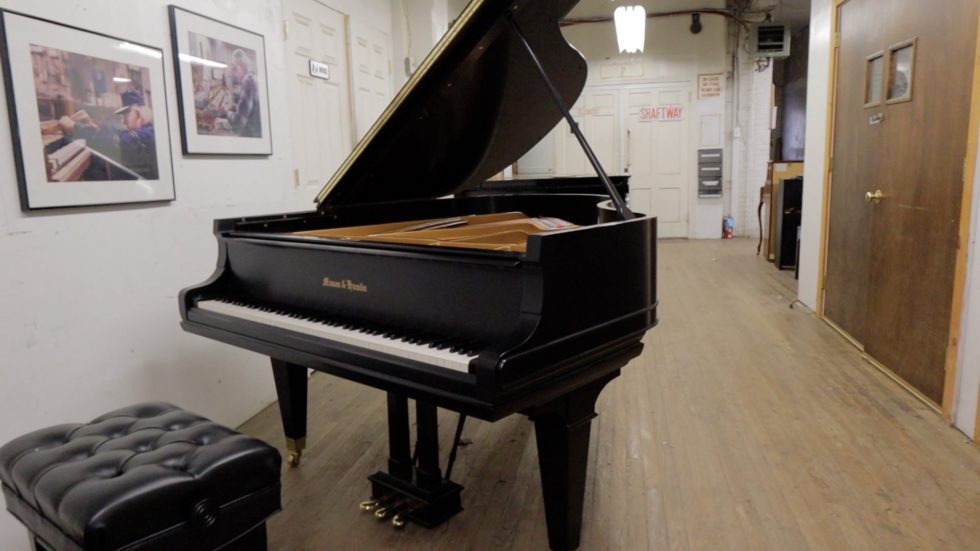A Rebuilt 1922 Mason & Hamlin Model A

Since World War II, Cunningham Piano has specialized in the art of piano restoration. We have developed a world class reputation for working on very fine, but older instruments and giving them a new lease on life. When we are finished with a piano that was beautiful 100 years ago, many professionals and avid amateurs mistake them for new. Recently, a client from Texas called us asking about Yamaha TransAcoustic pianos after watching one of our videos. She explained that as a child, she had a beloved Mason and Hamlin Model A in her home and cherished its rich American sound. Unfortunately, life got in the way, and she was forced to abandon playing the piano during her college years. Now, as a successful professional, she wanted to return to her love of playing the piano and asked for our help in finding the perfect instrument. After hearing her story, we realized that her heart was really in finding a Mason and Hamlin built during their “Golden Age” period in the 1920’s. It so happened that we had just received a 1922 Mason and Hamlin Model A as a trade in. The piano was in pretty bad shape overall, but fortunately, a remarkable invention developed by famed piano designer Richard W. Gertz helped to preserve the most crucial part of the piano: Gertz’ Tension Resonator was a metal spiderweb contraption designed to preserve the rigidity of the piano frame and maintain the crown of the soundboard, which acts as the piano’s acoustic amplifier. After examining the soundboard, we realized that Gertz’s invention was still doing its job beautifully even after nearly 100 years. When I described this piano to the client, it sounded like we had found her dream piano. Here is a video of our initial description of the piano:
And here is the final result after 7 months of work in our restoration facility. The Mason & Hamlin received a new pinblock, pins and strings, as well as new hammers and action parts, new keytops, and a dramatic cosmetic change from a weathered mahogany cabinet to a sleek satin ebony finish. For the final “reveal”, the client made a special request to hear “Clair de lune” performed on her piano:
Note that the new strings still need a few weeks to settle and stabilize their tension levels to maintain their pitch (that is true for all new piano strings).
After watching the video, our client said that she had tears in her eyes. We are so honored to help her find the piano of her dreams!
